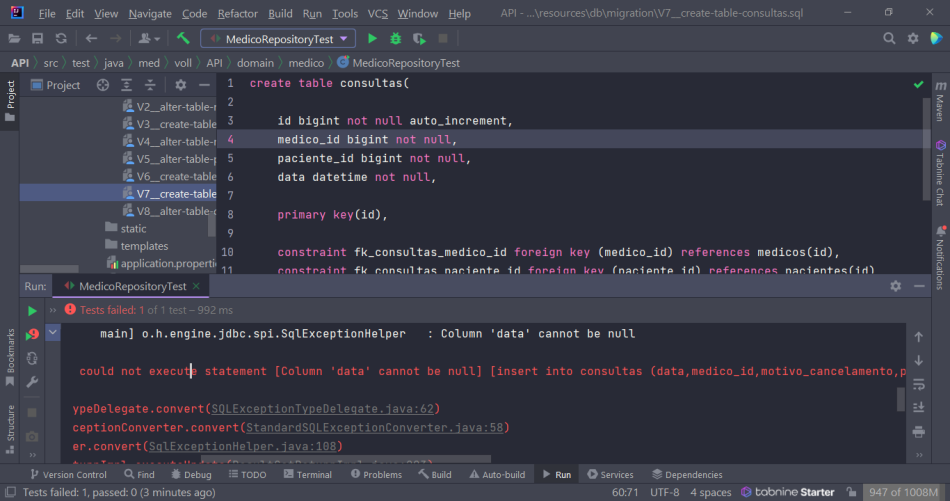Working with errors is part of every developer’s toolkit. Python’s raise keyword is simple but powerful. Yet, the art of crafting clear, helpful messages often gets overlooked. Have you ever wondered how to give precise context when your code fails a...
